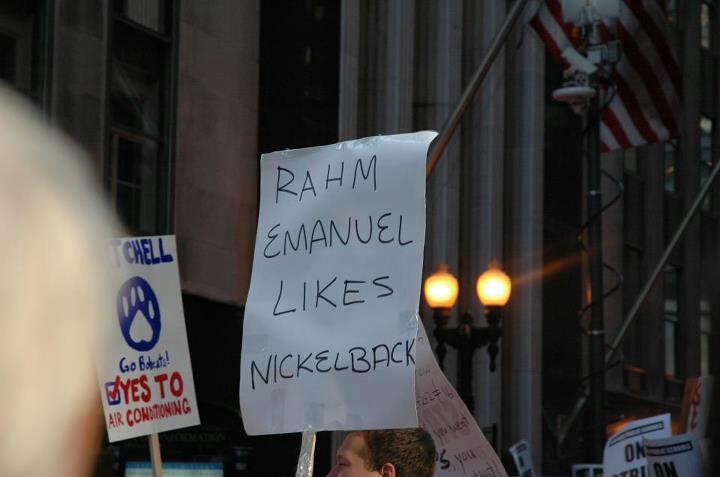
The 100 Greatest Americans of the 20th Century, a new book by Peter Dreier, names Sidney Hillman as one of the leading lights of the social justice movement. I spoke to Dreier about the book and Hillman’s legacy.
The book is a kind of Who’s Who of social justice in America. Dreier honors three types of luminaries: organizers and activists, politicians, and intellectuals. Hillman’s achievements span all three categories. He was a dazzlingly successful organizer of immigrant garment workers; he went on to become trusted adviser to Franklin Roosevelt and an architect of the New Deal; and he was an intellectual founder of social unionism.
Social unionism is the idea that a union should fight for more than higher pay and better working conditions. Hillman believed that the union should serve as a center of social, intellectual, and family life. This model was very appealing to immigrant workers who were pleased to find an American institution that would welcome them with open arms and teach them how to thrive in a new country. Hillman’s later support of the welfare state was a natural extension of this community-oriented approach to politics.
Dreier attributes Hillman’s success as an organizer partly to his eclectic background. He was a Chicago garment worker who came to the U.S. from Lithuania as a young man after serving time in prison for revolutionary politicking in Russia. He was also an intellectual who had studied to be a rabbi as a young man. Even before coming to the U.S., he pored over the social thought of Marx, Darwin, and Mill.
“Hillman was an empathetic member of the working class,” Dreier said, “He understood that ordinary people could do extraordinary things.”
“He wasn’t a great public speaker, but he was persistent and clever, and he knew how to find other people with talent,” Dreier added.
Hillman rose to prominence during the Hart, Schaffner, and Marx strike of 1910. Tens of thousands of Chicago garment workers, led mostly by women, walked off the job. While many male garment workers laughed at the women, Hillman joined their cause. In 1914, at the age of 27, he became the first president of the Amalgamated Clothing Workers of America, a post he held until his death in 1946.
Chicago was a hotbed of social protest. Hillman forged friendships and allegiance with progressive leaders including Clarence Darrow, Jane Addams, Frances Perkins, and Franklin and Eleanor Roosevelt (all listed among the 100 Greatest Americans).
As an adviser to FDR, Hillman helped shape the New Deal and the nascent welfare state. He pushed for public works, unemployment insurance, and a more equitable distribution of wealth.
Sidney Hillman’s career shows how the radical ideas of one generation become the commonsense ideas of the next.
[Photo: Sidney Hillman (left) and David Dubinsky of the ILGWU, Kheel Center @Cornell University, Creative Commons.]








